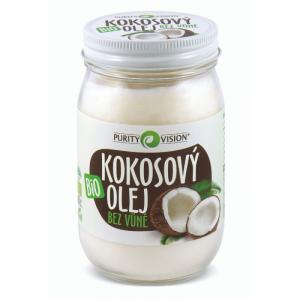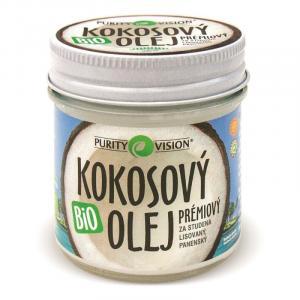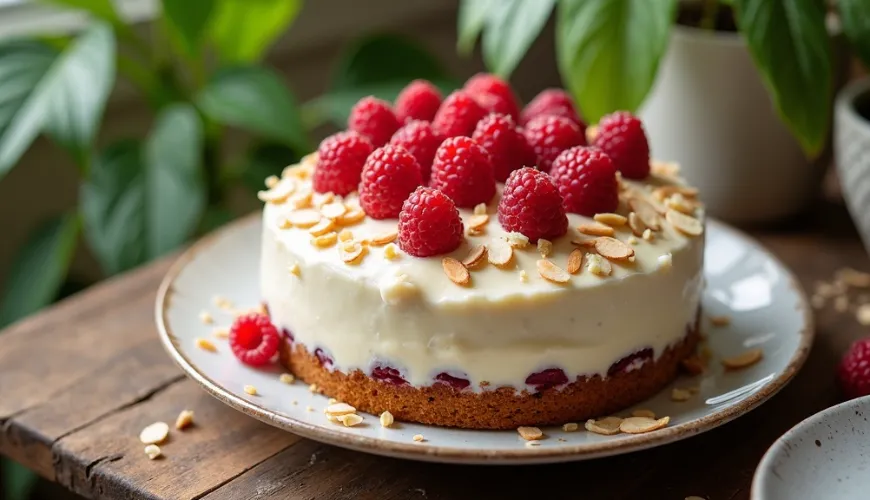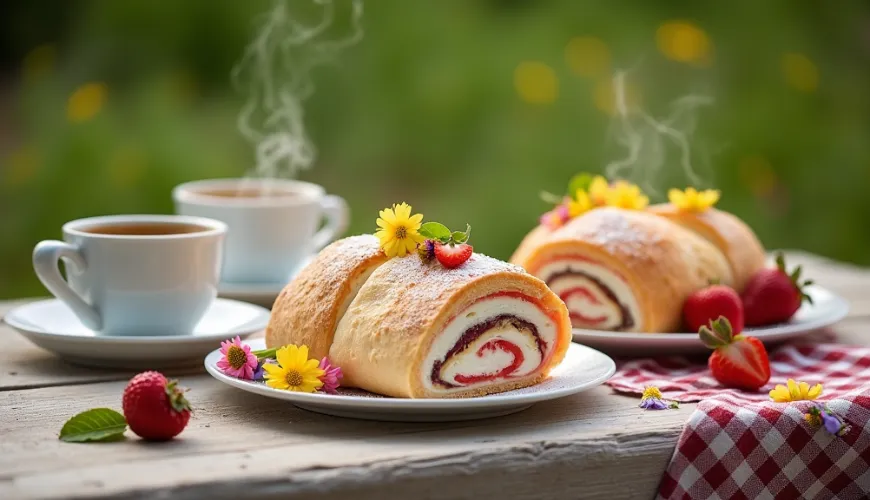
How to Prepare Ischler Cookies That Will Delight Your Guests
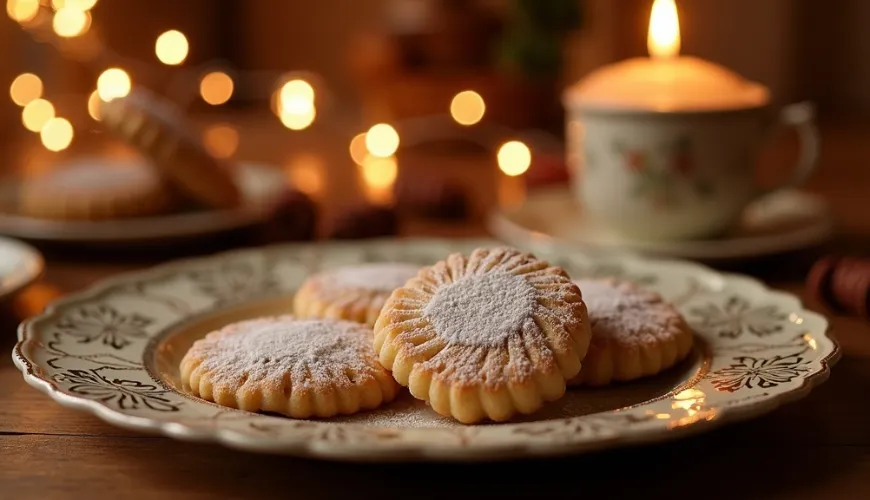
Ischler Törtchen - An Austrian Classic That Has Conquered Czech Christmas
Christmas cookies hold a special place in Czech culture. Every year, tables are filled with dozens of types of pastries passed down from generation to generation, and each family has its secret recipe, carefully guarded. Alongside traditional vanilla crescents, Linzer cookies, or bear paws, Ischler cookies are increasingly appearing – fragrant, buttery pastries with nuts, chocolate, and jam, reminiscent of a small piece of Viennese café elegance.
The origin of these small sweets traces back to the Austrian town of Bad Ischl, a well-known resort of the imperial family, where they allegedly originated as a tribute to Emperor Franz Joseph I. In the Czech environment, they quickly settled in, and today, Ischler Törtchen are a favorite addition not only to the Christmas table but also to festive occasions throughout the year. What makes them so special that they have won the hearts of housewives and confectioners?
Tiny, but Rich in Flavor and History
A characteristic feature of Ischler Törtchen is their delicate Linzer dough, which is glued together with tangy jam – usually currant or raspberry. However, to make it more complex, the cookies are then coated with a rich cream, often made from chocolate, butter, and nuts, and finally covered with a dark chocolate glaze. The result is a harmonious combination of sweet, sour, and bitter, which melts on the tongue and leaves an unforgettable impression. It's no wonder the recipe for Ischler cookies has become a little treasure in every confectioner's collection.
You might be wondering: why bake something so complicated when we have Linzer circles? It's precisely the thoughtful layering of flavors that is the magic of these pastries. Ischler is not just about cookies – it's an art that requires time, patience, and a love for detail. And that's exactly what makes them a special piece on any festive table.
A Recipe Worth Having on Hand
Preparing Ischler Törtchen is not complicated, but it requires several steps and primarily quality ingredients. The base is a buttery dough with hazelnuts, rolled out into a thin sheet and cut into various shapes – traditionally round, but you can also find stars or hearts. After baking, they are glued with jam, coated with cream, and covered with glaze.
Basic Recipe for Ischler Cookies:
Dough:
- 200 g fine spelt flour
- 100 g ground hazelnuts
- 70 g powdered sugar
- 200 g butter
- a pinch of salt
- 1 egg yolk
Filling:
- quality currant or raspberry jam
Cream for Ischler Törtchen:
- 100 g butter
- 50 g dark chocolate
- 2 tablespoons powdered sugar
- 2 tablespoons ground nuts
- optionally: a drop of rum for a more pronounced flavor
Glaze:
- 100 g quality dark chocolate
- 1 tablespoon coconut oil or butter
Process the dough into a smooth mass, wrap it in plastic wrap, and let it rest in the fridge for at least an hour. Then roll out into a thin sheet, cut out shapes, and bake at 170°C for about 8–10 minutes until golden. After cooling, glue with jam, coat with cream, and pour over the glaze. Ideally, let them rest for several days – the flavors will blend beautifully, and the pastries will gain tenderness.
Try our natural products
Traditional, but Also Versatile
While the classic recipe is relatively stable, there are many possibilities for variation. Instead of hazelnuts, you can use almonds or walnuts, replace the jam with cherry preserve, or opt for a vegan version with plant-based butter and milk-free chocolate. More and more households are also reaching for spelt or whole grain flour to enjoy festive sweets with less guilt.
An interesting alternative is the so-called "raw Ischler cookies" – unbaked versions made from nut and date bases, which align with the current trend of healthy and sustainable snacking. Whatever path you choose, Ischler Törtchen retain their noble character and festive atmosphere even in a modern interpretation.
Not Just for Christmas
Although Ischler cookies are most often associated with Christmas, there is no reason why they couldn't be part of other celebrations – perhaps on the Easter table, at a wedding reception, or a birthday party. Thanks to their storability and longer shelf life, they are also ideal as edible gifts. Just pack them in a nice jar or paper box, add a tag with a wish, and a personal touch is created.
One of the favorite traditions held in Czech families is baking Ischler Törtchen with children. Children love cutting out shapes and helping with filling and decorating. In doing so, they learn not only patience and fine motor skills but also that valuable things come from honest work. As an old saying goes: "What you learn in childhood, you will find in old age."
A Small Cake with a Big Story
Although Ischler Törtchen appear rather marginally in Czech cookbooks, they have experienced a renaissance in recent years. Interest in traditional recipes, a return to honest ingredients, and an effort to avoid industrially produced sweets lead people to increasingly seek proven recipes for Ischler cookies.
On food blogs, in TV shows, and community groups, we can find dozens of variants, decorating tips, and improvements today. And although each recipe has its charm, the foundation remains the same: a love for baking, honest ingredients, and a bit of patience.
Interestingly, in Austria, there are still pastry shops that maintain the original recipes from the 19th century. Some of them reportedly prepare Ischler Törtchen by hand according to original records from the imperial kitchen. This tradition is thus passed down not only in families but also in professional workshops, where quality and authenticity still take precedence.
Once you taste Ischler cookies, it's hard to give them up. Whether you decide to stick to the traditional recipe or adapt it to your liking, one thing is certain: the moment you sink your teeth into the delicate dough after a week of resting, feel the gentle sourness of the jam and the softness of the cream, you'll understand why this small dessert has captured the hearts of all of Europe.
And perhaps instead of the classic vanilla this year, you might say: "What if we added something from Bad Ischl to the table?"
